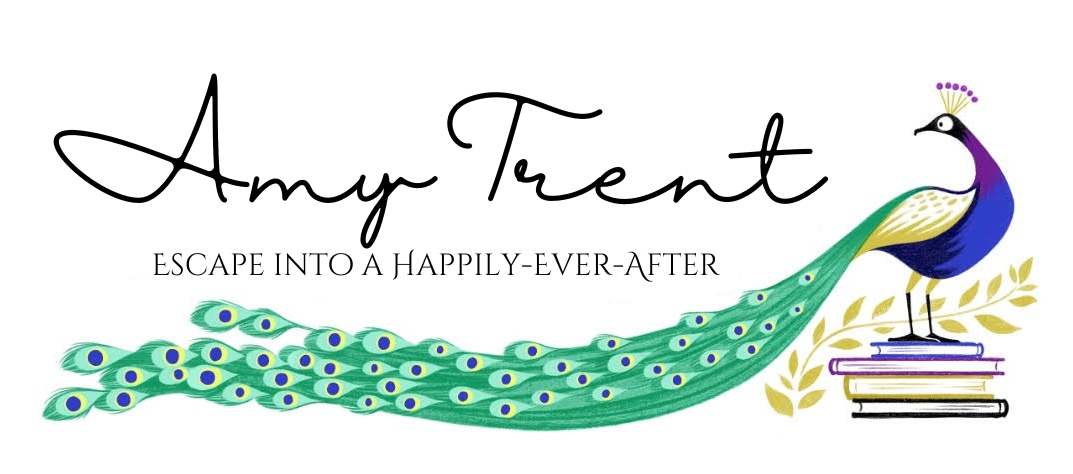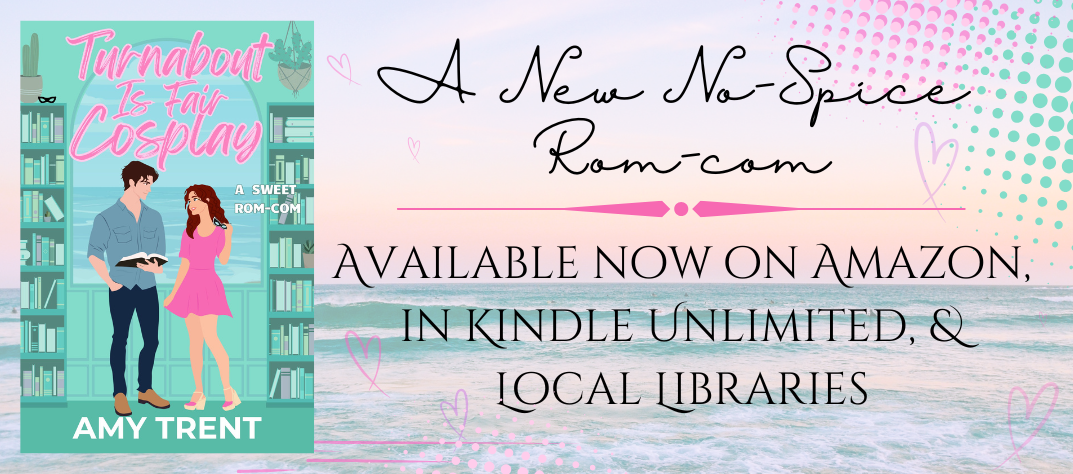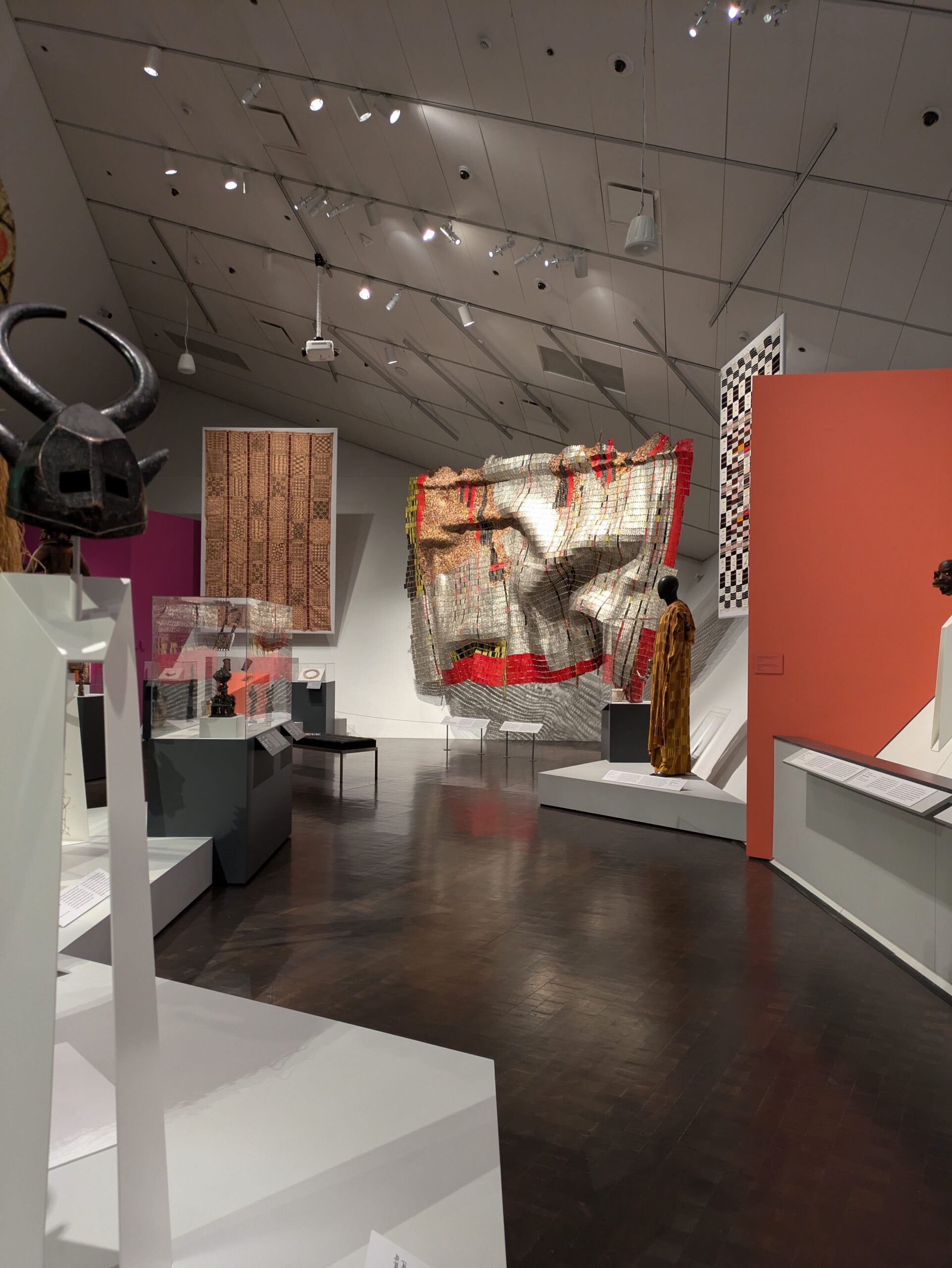This last week we went to the local art museum with friends. I was on a mission to see my first El Anatsui sculpture in person. Lucky for me the Denver Art Museum commissioned a piece by him, Rain Has No Father?, in 2008.
I make it out to the DAM about once a year, but it’s a big museum and the little Trents are still building their stamina. We usually don’t make it to the fifth floor. With a surprisingly good collection of impressionist masters on the third floor (there’s a really good Monet of a snowy landscape that is so idyllic and pretty in its colors that it has me convinced Monet never had to shovel snow or deal with wet socks and cold toes ever) and an engaging studio for all ages off the lobby, it’s easy to while away an entire visit right there.
Contemporary art is one of my happy places. I enjoy the space contemporary art creates for interaction. I get to bring so much of my own experience and thoughts to the pieces. It’s fun. The pieces I’m drawn to are often whimsical, playful. I connect. I consider. I grow. I converse with my fellow art lovers.
But I’ve been reading up on El Anatsui, and everyone in our group was on board for trying to find his sculpture first. Up we went to the fifth floor.
It was _exciting_ to see Rain Has No Father? in person. The scale of El Anatsui’s pieces doesn’t translate from photos. It feels grand when you are standing below one of them. Absorbing too, like an Imax screen engulfing every last bit of your vision. There’s also a playfulness to his art that is fun to experience in person. And the tactile-ness. I wanted to touch the sculpture. I wanted to hear what it might sound like if it were to move. I loved seeing how the negative space popped in person. My eyes were happy roving over all the repeating patterns but also finding the little anomalies.
I did some very preliminary research before our museum trip and discovered that while El Anatsui’s work are often compared to textiles, they are in fact sculptures. His sculptures are shipped flat from his workshop to galleries and museums and require curators to shape them as they are installed in their collections. The influence of the “nomadic aesthetic”–the constraints of having to create art that must be light and can be shipped flat–have impacted Anatsui’s art and perspective. Anatsui explained, “If art is about life, then life is not a fixed thing. The artwork should be in a form that is capable of changing.”
Anatsui says he feels he also owes it to those who assemble, install and see his work to help awaken their creativity. “Every one of us has an artist in us,” he says. “Really, some may be asleep and some are fully awake, you know. So I think I have a kind of commitment to waking up some people in whom it is asleep. Teaching — my work is still teaching.”
I’ve been working on multiple projects this year, and as word counts ebb, I’ve been thinking more and more about art and creativity and where and how these wells fill. What motivates an artist or in my case a writer? How do creatives safeguard against burn out? I don’t know, but I do appreciate this quote from El Anatsui:
“Art is about play. We are more honest when we are playing.”
Writing sometimes feels like playing. Sometimes it is so fun it feels like a party. The stay up late, reveling in the joy of the moment, who needs sleep, time of my life, kind of party. The immediate gratification of such moments feels like enough of a reward to keep going, but I never stopped to consider if there is merit to such fun beyond just the pleasure of the moment. Are we more honest when we are playing? Are the stories that I write when I am playing around my most honest takes on life, the universe, and everything?
They could be. El Anatsui has another quote worth considering: “And I think that art is about communication. It’s not something that you do and it’s for you alone.”
Perhaps playing around is something more important than we realize? How do you play? Are you more honest when you are playing? Have you ever considered that your play is something that benefits other people as much as it benefits yourself?
Sources:
https://youtu.be/ewLhOOkDZPA?si=YZuqXDCJuH9nU-BE
https://www.npr.org/2013/09/28/174727056/nigerian-bottle-cap-sculptor-taps-museum-staffs-inner-artists


